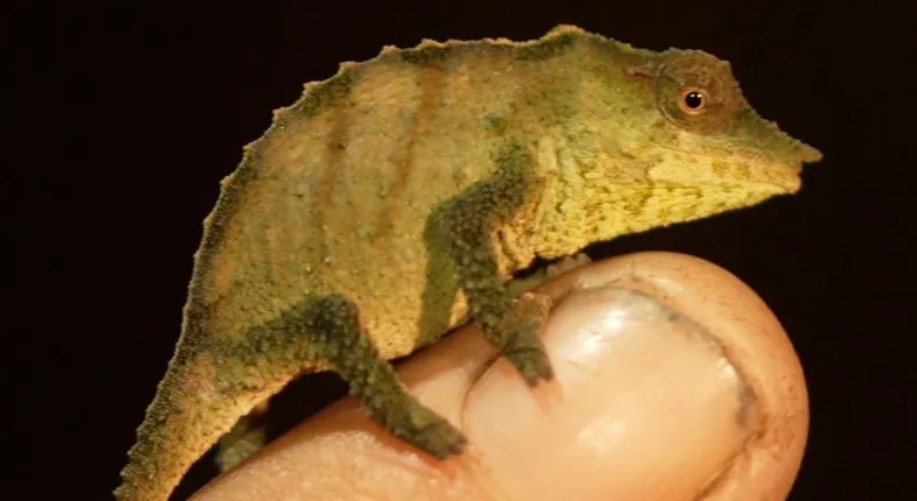Is there a secret to longevity? This health expert says 1,000% yes
In the era of social media, post-COVID, and with mental health at the forefront, a shift is taking […]

Step into the hidden world of Mabu, a sky island rainforest nestled in the remote mountains of southern Africa. Here lies the largest rainforest in the region, surrounded by enigma and confidentiality, until now. Gratitude to a daring team of scientists and their astounding discoveries, Mozambique has risen to safeguard this exceptional natural marvel.
The thrilling journey commences with a team of researchers eager to reveal the unseen. Dr. Gimo Daniel, an ardent expert on beetles, leads the way with his unconventional methods, armed with a container of bait that would certainly provoke a reaction. His infectious zeal for dung beetles and his relentless pursuit of new discoveries infuse each step of the journey with expectation and enthusiasm.
In the report by BBC, over two decades ago, Mabu was virtually unheard of outside the local community until Prof. Julian Bayliss brought it to the world’s attention in 2004. His pioneering expedition revealed an expansive, untouched rainforest, teeming with life and brimming with potential. Since then, the forest has been a source of new species, from chameleons to butterflies, enriching the world of science with each remarkable find.
Mabu stands out as a ‘sky island’ – an isolated ecosystem perched above the lowlands, offering a rare opportunity for unique species to evolve undisturbed. The heart of the forest witnessed the first-ever intensive scientific presence, marking a significant turning point in the history of environmental conservation in the region.
The journey to Mabu is no easy feat, but the dedication of the scientists and their unwavering commitment is unmatched. Amidst the colossal challenge of transportation and logistics, they press on, undeterred by the cumbersome terrain and unpredictable conditions.
Every moment in Mabu unfolds a new chapter of discovery, from the exquisite fish expertly caught by Erica Tovela to the rare bats and shrews waiting to be named and recognized. And the hunt for the elusive Namuli apalis, one of Africa’s rarest birds, paints a poignant picture of the delicate balance between existence and extinction in the face of climate change.
Amidst the triumph of these extraordinary findings, the looming threat of deforestation and hunting cast a shadow over the forest’s fragile ecosystem. Prof. Ara Monadjem’s poignant reflections on the visible impact of human activity serve as a stark reminder of the urgency of conservation efforts.
The journey concludes with a glimmer of hope as Pejul Calenga, the director general of Mozambique’s conservation areas, unveils plans to transform Mabu into a protected community area. His commitment paves the way for a promising future, where the forest’s rich biodiversity is safeguarded for generations to come.
As the final page of the Mabu chronicles unfolds, it is evident that this extraordinary rainforest has the potential to become a conservation success story. Prof. Julian Bayliss, with his unwavering optimism, has already set his sights on kindling the flame of preservation in other corners of Africa, continuing the legacy of Mabu’s indomitable spirit.
The remarkable journey to Mabu unveils a timeless tale of perseverance and conservation, weaving a narrative of hope and unwavering determination. With each step and discovery, Mabu’s secret treasures breathe life into the urgent call for environmental preservation, inspiring a generation to stand as guardians of Earth’s natural wonders.

In the era of social media, post-COVID, and with mental health at the forefront, a shift is taking […]

With its fast speeds and revolutionary potential, 5G stands out as a noteworthy milestone in the field of […]